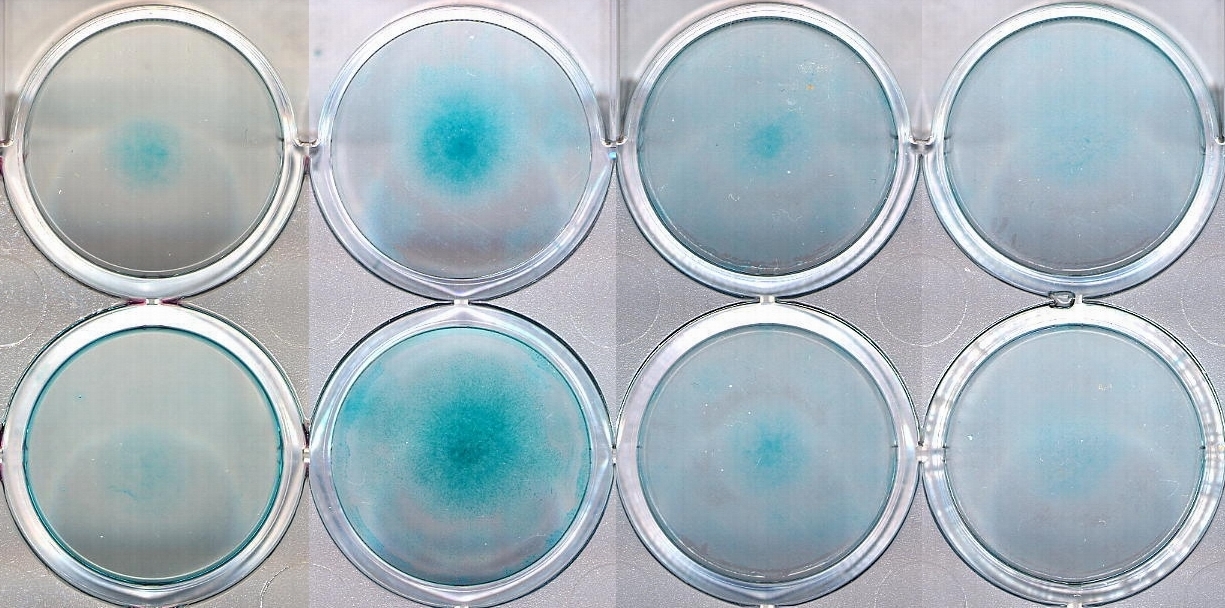| drug name | Xenogeneic Tissue Grafts |
| classification | Surgical Implants/Transplants |
| pharmacokinetics | Not applicable in the same way as traditional drugs. Xenograft tissue integration and rejection dynamics vary widely depending on the specific tissue type, species of origin, recipient immune response, and surgical technique. There is no systemic absorption, metabolism, or excretion in the traditional drug sense. |
| suggested dosage | Not applicable. Dosage is determined by the size and type of graft required for the surgical procedure. There is no standard dosage. |
| indications | Used in a variety of surgical procedures to repair or replace damaged tissues or organs, when autografts or allografts are not suitable or unavailable. Examples include but are not limited to: heart valve replacement, skin grafting, cartilage repair, and nerve regeneration. Specific applications and use are critically dependent on the type of xenograft. |
| safety in pregnancy | Not applicable. Safety during pregnancy is not established and is not appropriate to use during pregnancy. The potential effects on the developing fetus are unknown, and the use of xenografts carries substantial risks in this context. |
| safety in breastfeeding | Not applicable. The potential transmission of animal-derived pathogens or immunological effects on the nursing infant are concerning and not justifiable. Nursing is not recommended while receiving xenografts. |
| side effects | | 1 | Rejection of the graft (immunological response leading to inflammatory response, damage, and loss of the tissue) | | 2 | Transmission of infectious diseases from the donor species | | 3 | Allergic reactions | | 4 | Inflammation and tissue damage at the graft site | | 5 | Thrombosis (formation of blood clots) | | 6 | Chronic inflammation | | 7 | Scarring | | 8 | Pain | | 9 | Bleeding | | 10 | Infection (both local and systemic) |
|
| alternatives | |
| contraindications | | 1 | Known hypersensitivity to animal-derived tissues | | 2 | Active or recent infections | | 3 | Compromised immune system | | 4 | Severe underlying medical conditions | | 5 | History of graft rejection |
|
| interactions | Not directly applicable in the same way as with traditional drugs. Interaction is with the recipient's immune system, and any pre-existing conditions or treatments affecting immune function can alter the risk and outcome. |
| warnings and precautions | | 1 | Careful selection of the donor species and stringent quality control of the xenograft are critical. | | 2 | Allergies or hypersensitivity reactions may occur and should be monitored closely. | | 3 | Post-surgical surveillance for immune responses, infections, and graft complications is essential. | | 4 | Appropriate sterilization and testing procedures are crucial to reduce the risk of transmitting zoonotic diseases. | | 5 | The longevity of xenografts is highly variable. | | 6 | Surgical techniques should account for possible immune response and graft rejection. | | 7 | Long term follow-up is essential |
|
| additional information | | 1 | The risk/benefit assessment for xenogeneic grafts is highly complex and varies greatly depending on the specific clinical situation, species of origin and the application. | | 2 | Advances in tissue engineering and biomaterial science hold promise for alternative solutions to xenograft use. | | 3 | Ethical considerations regarding the use of animal tissue in human procedures must be rigorously examined. | | 4 | Monitoring of the patient for any symptoms like fever or unusual bleeding should be actively done. |
|
| patient profile | | age | 25 years | | weight | 70 kg | | sex | male |
|
